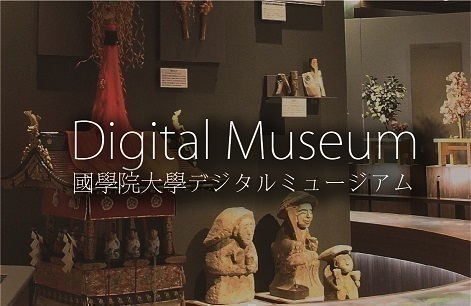- トップ
- Encyclopedia of Shinto
- Kurita Hijimaro
Encyclopedia of Shinto
| Main Menu: | |
| Links: |
詳細表示 (Complete Article)
| カテゴリー1: | 8. Schools, Groups, and Personalities |
|---|---|
| カテゴリー2: | Personalities |
| Title | Kurita Hijimaro |
| Text | (1737-1811) Scholar of National Learning (kokugaku), Shinto priest (shinkan), and poet of the mid-Edo era. His common name was Minbu and his style was Okanoya. He was born in 1737 to a family of priests (kannushi) at the shrine Hirao Hachimangū in Kikau District of Tōtōmi Province (present-day Shizuoka Prefecture). His father was Sahei Nobuyasu. From a young age, he learned to write haikai (haiku) poetry from the Kurita's house guest Shūchiku, and in 1767 he departed for Edo where he became a student of Kamo no Mabuchi, under whom he mastered classical forms of poetry. His own poetry followed Mabuchi's Man'yōshū style. He went on to become a leading figure at the Mabuchi academy Agataimon (in Mabuchi's home area of Tōtōmi Province, present-day Shizuoka Prefecture), following Mabuchi's death in 1785, Kurita, despite being forty-nine years old at the time, became a disciple of fellow Agataimon scholar, Motoori Norinaga. Motoori's Tōmonroku, in fact, contains fifteen questions-and-answer dialogues between Kurita and himself based on an encounter the two had before their teacher-pupil relationship began. In all of these dialogues, Kurita duly considers Motoori's theological challenges, and Kurita's responses reveal his own sense, as a Shinto priest, of intellectual issues. Motoori held Kurita in high esteem, and the original template for the woodblock of volume twenty-one of Motoori's Kojikiden was in Kurita's hand. Kurita Hijimaro died on the eighth day of the seventh month of 1811, at the age of seventy-five. He was the author of Jindai no maki ashikabi, Okanoya noritoshū and Tama boko hyaku shukai, among other works. - Mori Mizue |




